In any workplace, ensuring the safety and well-being of employees is of utmost importance. One essential aspect of workplace safety is the use of appropriate personal protective equipment (PPE), including safety shoes. Safety shoes play a vital role in protecting workers’ feet from potential hazards and preventing workplace accidents. This comprehensive guide will delve into the importance of safety shoes in the workplace, their types, factors to consider when choosing them, and how to properly maintain them.
Why you need Safety Shoes.
Safety shoes are specially designed footwears that provide protection, and support to the feet in hazardous work environments. They are built to withstand impact, compression, punctures, and other workplace hazards. Safety shoes are typically made with durable materials such as steel toe caps, puncture-resistant soles, and slip-resistant outsoles.
Types of Safety Shoes
There are several types of safety shoes available, each designed to cater for specific workplace hazards. Some common types include:
a) Steel Toe Shoes
Steel toe shoes feature a protective steel cap in the toe area, offering excellent protection against impact and compression.
b) Slip-Resistant Shoes
Slip-resistant shoes are designed to provide traction on slippery surfaces, reducing the risk of falls and accidents.
c) Electric Hazard Shoes
Electric hazard shoes are specifically engineered to protect workers from electrical shocks and hazards in environments with high voltage equipment.
d) Chemical-Resistant Shoes
Chemical-resistant shoes are designed to shield the feet from corrosive chemicals and hazardous substances, reducing the risk of chemical burns or injuries.
e) Metatarsal Guard Shoes
Metatarsal guard shoes have an additional protective guard that covers the metatarsal bones, offering enhanced protection against impact.
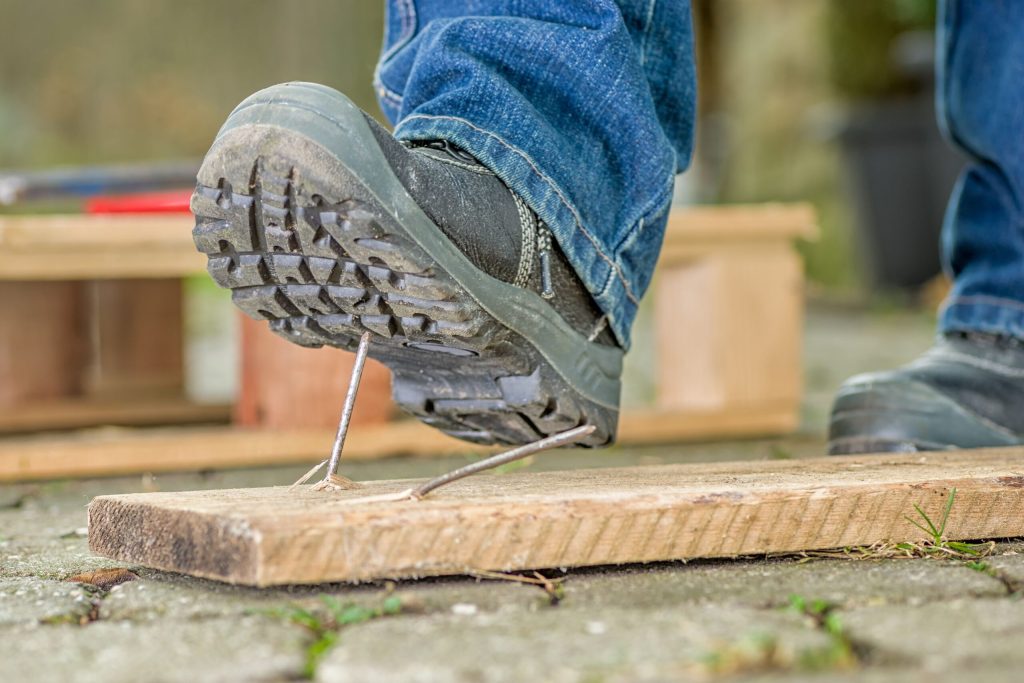
Importance of Safety Shoes
The significance of safety shoes in the workplace cannot be overstated. Here are some key reasons why they are crucial for employee safety:
a) Compliance with Safety Regulations
Safety shoes help companies comply with safety regulations and standards enforced by regulatory bodies. By providing employees with appropriate safety footwear, businesses demonstrate their commitment to workplace safety and ensure compliance with legal requirements.
b) Protection against Workplace Hazards
Workplaces, such as construction sites, manufacturing plants, and warehouses, pose various hazards like falling objects, sharp materials, or heavy machinery. Safety shoes act as a shield, safeguarding the feet from potential injuries caused by such hazards.
c) Prevention of Foot Injuries
Work-related foot injuries can have a significant impact on an employee’s productivity and well-being. Safety shoes with reinforced toes, puncture-resistant soles, and anti-slip features reduce the risk of fractures, lacerations, punctures, and slips, ensuring a safe working environment.
d) Enhancing Overall Safety Culture
Promoting a safety-conscious culture is essential for any organization. When employers prioritize employee safety by providing suitable safety shoesand enforcing their use, it fosters a culture of safety awareness and responsibility among employees. This, in turn, reduces the likelihood of workplace accidents and promotes a positive work environment.
Factors to Consider When Choosing Safety Shoes
Selecting the right safety shoes for a particular workplace is crucial. Here are some factors to consider when choosing safety shoes:
a) Hazard Assessment
Identify the specific hazards present in the workplace to determine the type of safety shoes required. Consider factors such as impact resistance, toe protection, slip resistance, and chemical resistance based on the nature of the job.
b) Comfort and Fit
Safety shoes should provide optimal comfort and a proper fit to ensure that employees can wear them for extended periods without discomfort. Look for features like cushioning, arch support, and adjustable closures to enhance comfort.
c) Durability and Quality
Invest in high-quality safety shoes that are built to last. Durable materials and construction techniques ensure that the shoes can withstand the demands of the work environment and provide long-lasting protection.
d) Compliance with Standards
Ensure that the safety shoes meet relevant safety standards and certifications, such as ASTM or ISO standards. This ensures that the footwear has undergone rigorous testing and meets the required safety criteria.
e) Employee Feedback
Consider the feedback and preferences of employees who will be wearing the safety shoes. Involving them in the selection process can increase their satisfaction and compliance with wearing the footwear.
Proper Maintenance of Safety Shoes
To ensure the longevity and effectiveness of safety shoes, proper maintenance is essential. Here are some maintenance tips:
a) Regular Cleaning
Clean safety shoes regularly to remove dirt, debris, and contaminants. Follow the manufacturer’s guidelines for cleaning instructions.
b) Inspections
Perform routine inspections to check for any signs of wear and tear, loose parts, or damage. Replace damaged shoes promptly to maintain their protective capabilities.
c) Storage
Store safety shoes in a clean, dry area when not in use. Proper storage helps prevent damage and extends their lifespan.
d) Sole Replacement
If the outsole or tread of the safety shoes becomes worn or damaged, consider replacing them. Worn-out soles can compromise the shoes’ slip-resistant properties.
7. Common Myths about Safety Shoes
There are several misconceptions surrounding safety shoes. Let’s debunk some common myths:
a) “Safety shoes are uncomfortable.”
While this may have been true in the past, modern safety shoes are designed with comfort in mind. Many options offer features like cushioning, ergonomic design, and breathable materials for enhanced comfort.
b) “Safety shoes are unnecessary for desk jobs.”
Even in office environments, there can be potential hazards such as falling objects or electrical cables. It’s essential to assess the workplace and provide appropriate safety shoes based on the identified risks.
c) “Safety shoes are one-size-fits-all.”
Safety shoes come in various sizes and styles to accommodate different foot shapes and job requirements. Ensuring a proper fit is crucial for comfort and protection.
d) “Regular shoes provide sufficient protection.”
Regular shoes are not designed to withstand the same level of impact, compression, and other workplace hazards as safety shoes. It’s important to use appropriate footwear for the specific work environment.
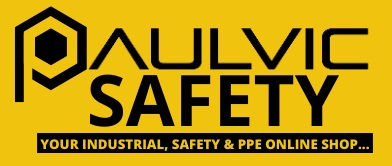

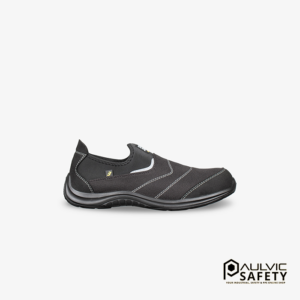
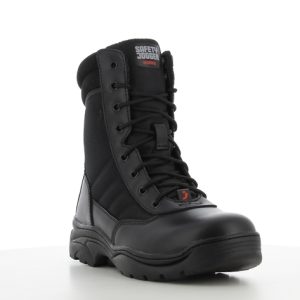
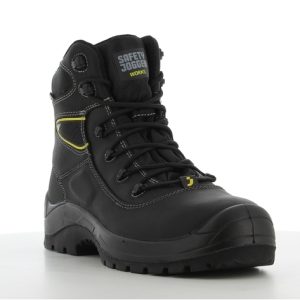
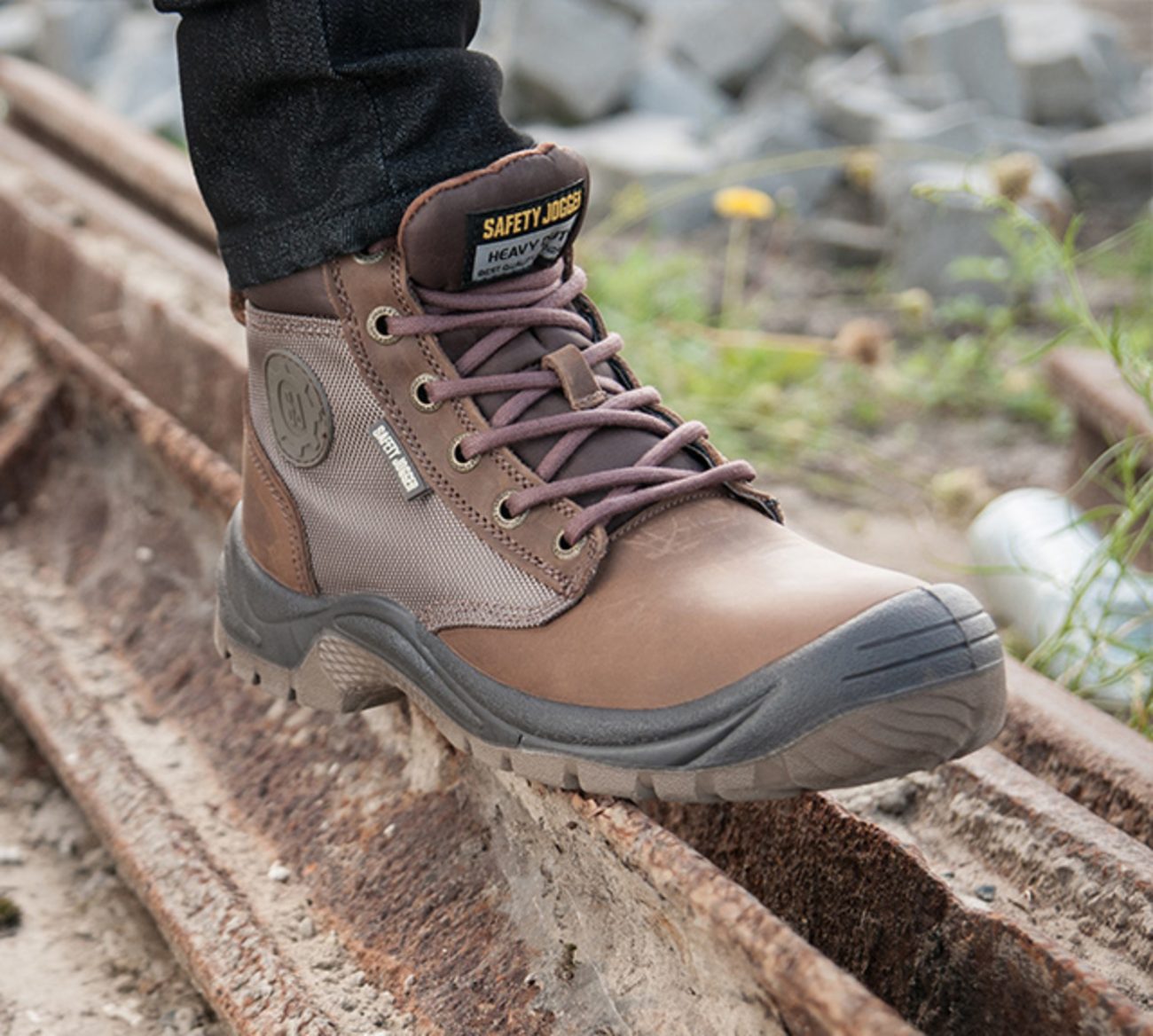


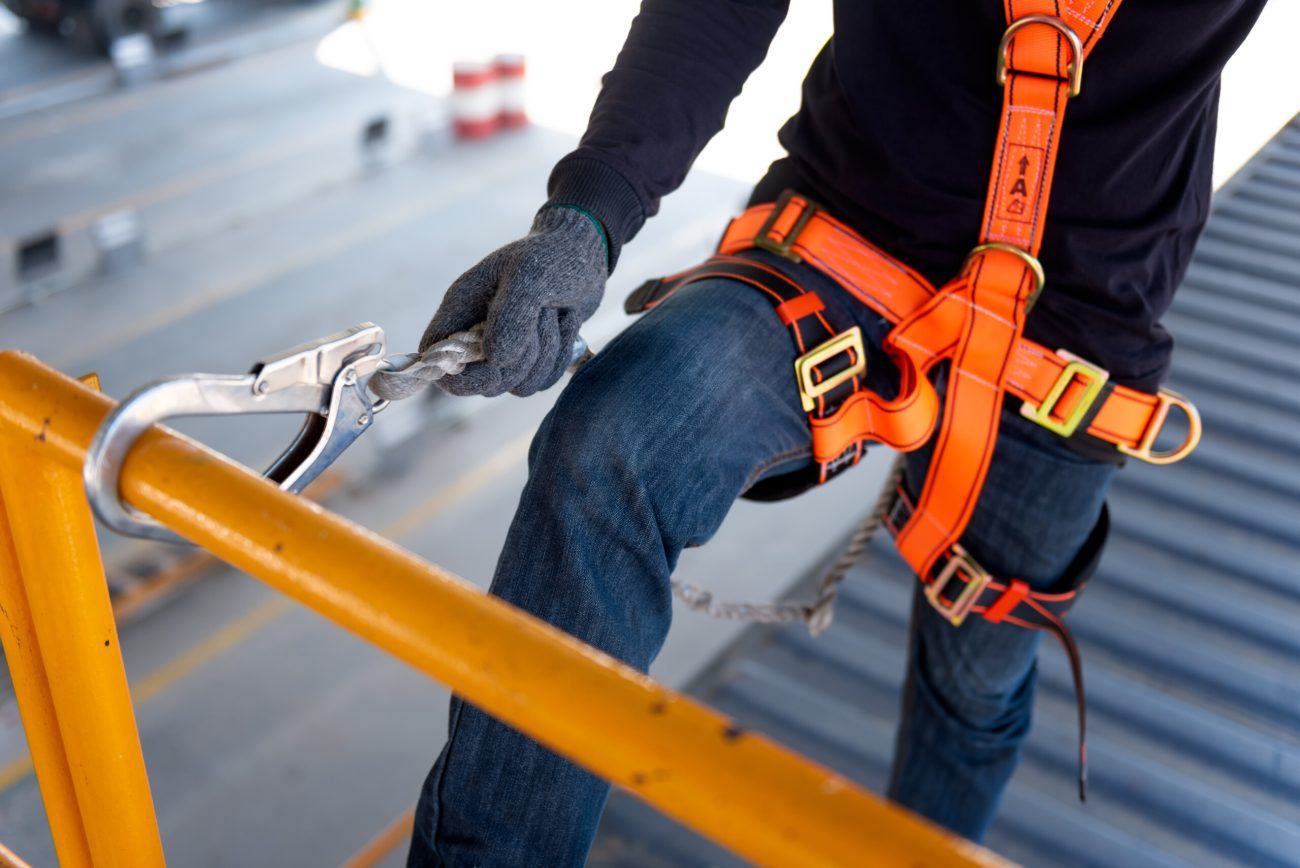
Etiam nulla nunc, aliquet vel metus nec, scelerisque tempus enim. Sed eget blandit lectus. Donec facilisis ornare turpis id pretium. Maecenas scelerisque interdum dolor in vestibulum. Proin euismod dui purus, non lacinia ligula luctus.
Etiam nulla nunc, aliquet vel metus nec, scelerisque tempus enim. Sed eget blandit lectus. Donec facilisis ornare turpis id pretium. Maecenas scelerisque interdum dolor in vestibulum. Proin euismod dui purus, non lacinia ligula luctus.
Etiam nulla nunc, aliquet vel metus nec, scelerisque tempus enim. Sed eget blandit lectus. Donec facilisis ornare turpis id pretium. Maecenas scelerisque interdum dolor in vestibulum.